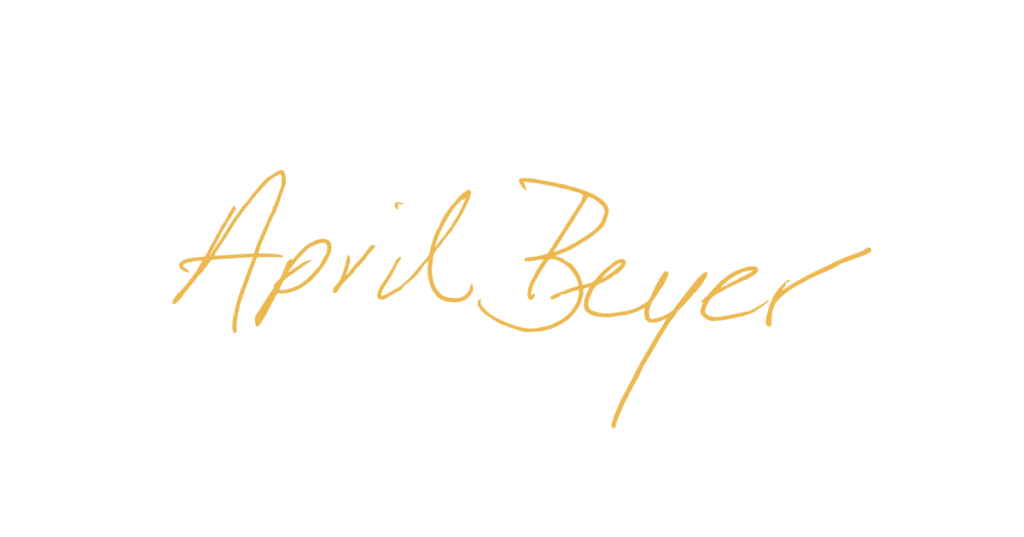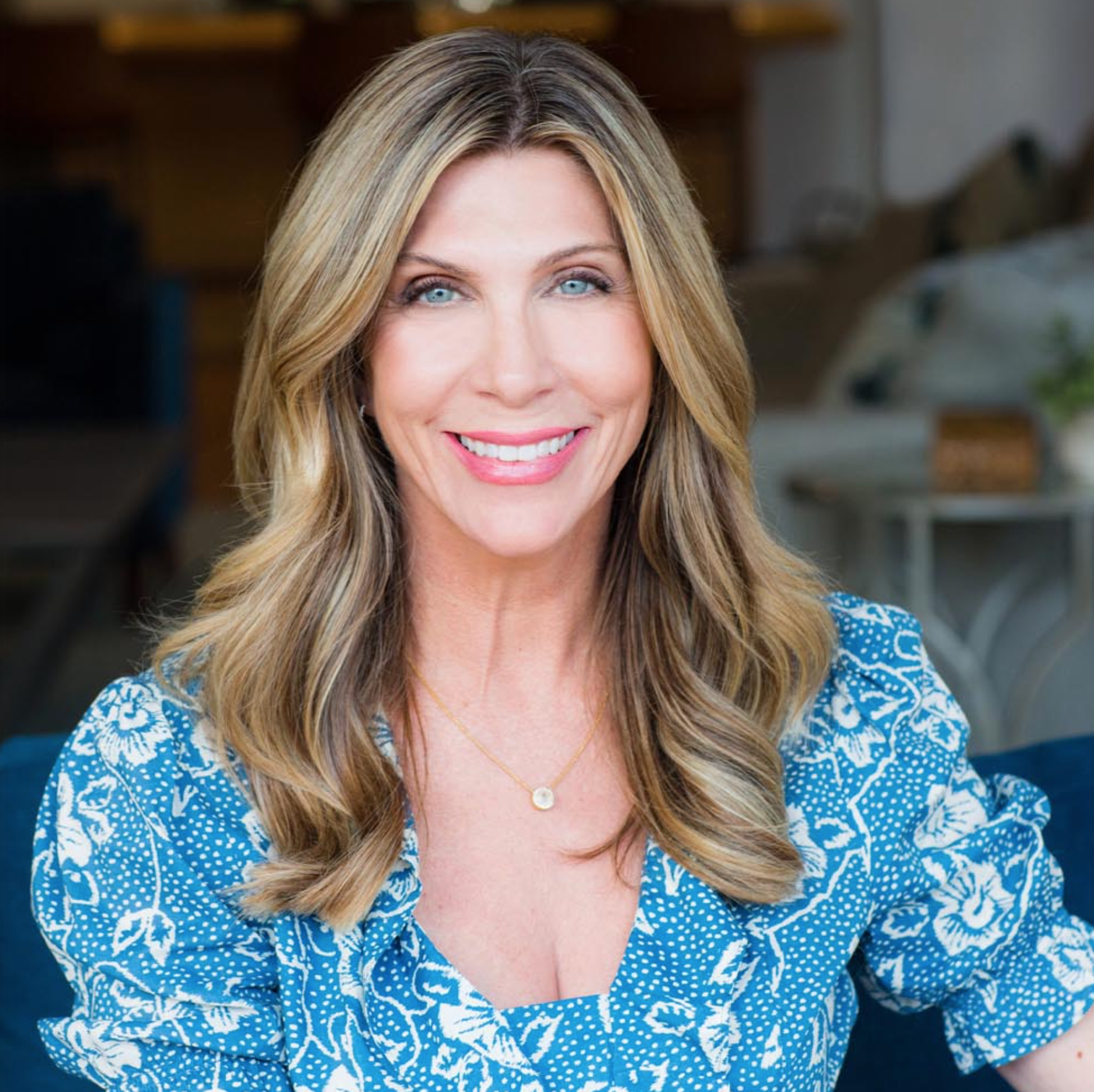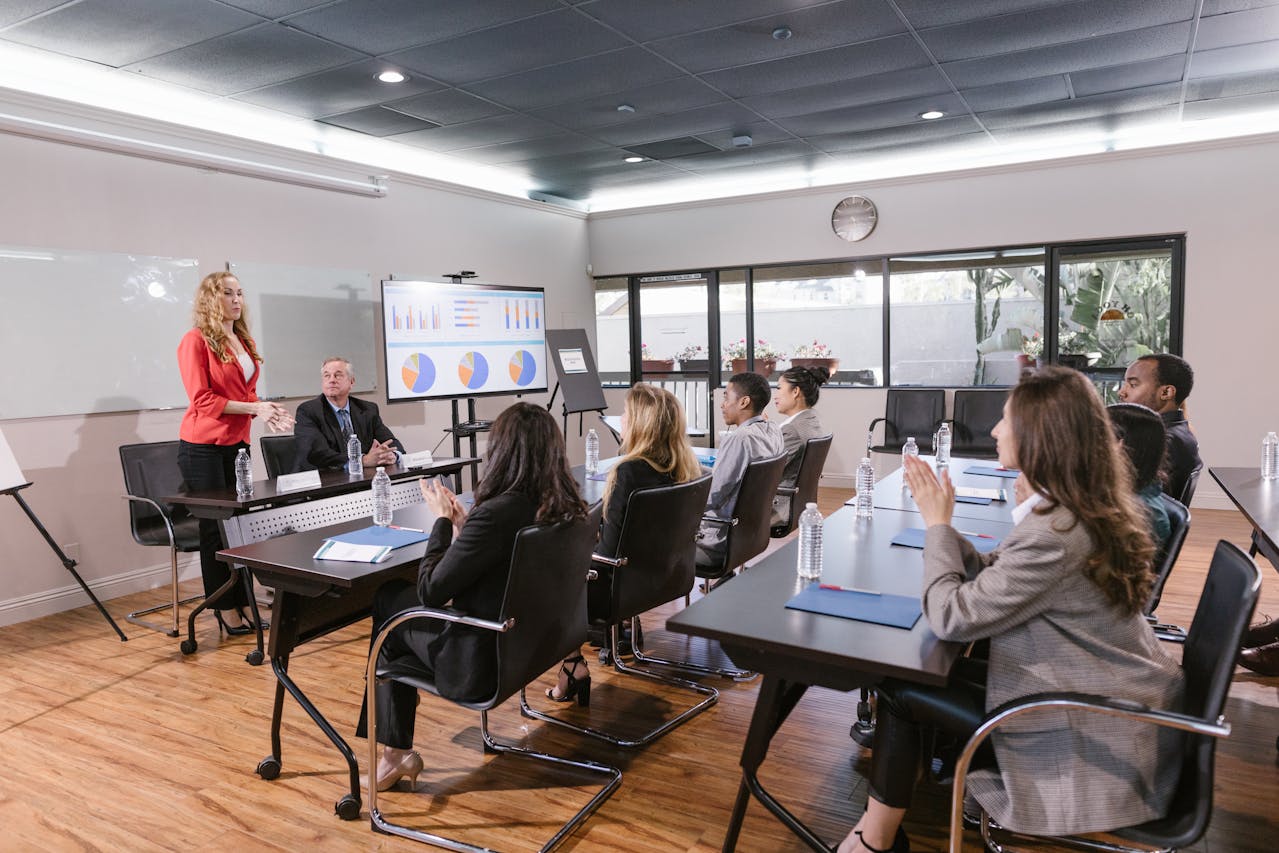I’m standing in the lobby of a Fortune 500 headquarters, waiting to meet the leadership team.
The energy feels… corporate. Polished marble floors. Brushed-steel elevator doors. And a quiet hum of conversations that sound perfectly professional yet strangely hollow. As an employee badge waves me through security, a young woman behind the desk whispers, “Thank you for speaking with us today. I’m excited… but honestly, none of us here really talk to each other.”
Her confession stings. Not because it’s shocking, but because I’ve heard it countless times. Diversity reports might be filed on schedule, inclusion training might be mandatory, yet people can still feel isolated. That gap between checking boxes and feeling like you belong is exactly why I’m here—and why so many organizations invite female keynote speakers to the table.
Let’s dive into the heart of how to foster belonging, explore how a woman’s lived experience reshapes the conversation, and unpack practical ways to turn “you’re welcome here” into “you are here, and we’re better for it.”
Belonging, Inclusion, and Diversity: Close Cousins, Not Clones
Diversity counts heads. Inclusion invites them to the meeting. Belonging makes sure every voice genuinely matters. It’s the subtle but seismic shift from presence to participation.
Think of diversity as inviting everyone to the party, inclusion as asking them to dance, and belonging as playing each person’s favorite song so they feel the dance floor is theirs too. When employees feel that level of acceptance, productivity rises, turnover drops, and innovation skyrockets.
But here’s the rub: belonging can’t be mandated. It has to be modeled—and that’s where a speaker who has navigated the world through a female lens brings extra depth. Women often grow up learning to translate subtext, read body language, and forge connections in spaces that historically weren’t designed with them in mind. That skillset is rocket fuel for creating cultures where nobody needs to “fit in” because the culture itself expands to fit them.
The Story Behind the Statistics
After one of my sessions last year, a senior engineer approached me with teary eyes. “I finally understand why I’ve felt invisible,” she said. “I’m Latina, I’m introverted, and I’m the only woman on my team. Today was the first time someone spoke directly to that triple experience.”
Stories like hers illuminate the layers behind the data:
- Gallup links a sense of belonging to a 56 percent increase in job performance.
- McKinsey shows companies with gender-diverse executive teams are 25 percent more likely to outperform profitability targets.
Numbers matter. But the narrative beneath the numbers—those micro-moments of being seen or sidelined—is where actual change begins. Speakers who weave their own lived stories with organizational evidence help audiences feel the statistics in their bones.
Why Relatable Storytelling Is a Superpower
When I share a personal tale—such as the time I learned a client’s pronouns five minutes before our kickoff call and navigated it with humanity rather than perfection—I’m not just filling airtime. I’m normalizing the courage to try rather than wait to be perfect.
Female keynote speakers have an added edge here: many of us were socialized to read the room. We sense when the tone dips, when laughter lands, when a silence speaks volumes. We know how to pivot a story so it resonates. Relatability isn’t a buzzword; it’s a finely tuned instrument we’ve been practicing since childhood.
Want to see it in action? Check out my piece on Authentic Communication and notice how narrative bridges facts to feelings.
Emotional Curiosity: The Secret Sauce of Trust
Belonging blooms where curiosity thrives. Emotional curiosity—asking, not assuming—creates a safe space for harsh truths. Instead of “We have an open-door policy,” try, “What’s one thing about our culture that feels unclear or unfair to you?”
I teach leaders a simple three-step framework:
- Pause the Script – Stop running the mental checklist of what you’ll say next.
- Name the Feeling – “I’m curious about how that deadline felt for you.”
- Invite the Story – “Tell me more about what support could look like.”
You’d be amazed at how often a single authentic prompt can melt months of resentment. For a deeper dive, my Emotional Curiosity article breaks this down with real-world examples.

Representation and Intersectionality: Seeing the Whole Person
Belonging isn’t one-size-fits-all. A Black woman’s experience of inclusion differs from a white woman’s, which differs from that of a queer, nonbinary colleague. Intersectionality matters.
In 2024, a Lean In/McKinsey study found that women of color are promoted at only 85 percent of the rate of white men at the first level of management. That lost momentum compounds every subsequent rung on the ladder. When I speak, I don’t just spotlight women; I spotlight all the ways identity intersects. Because if someone has to leave pieces of themselves in the parking lot, the organization leaves an opportunity on the curb, too.
Everyday Rituals That Embed Belonging
Belonging isn’t a once-a-year workshop; it’s baked into daily routines. Try these rituals:
- Onboarding Story Circles – Pair new hires with teammates to share a “peak” and a “pit” from their first week. It humanizes learning curves and sparks allyship.
- Mentorship Mixers – Rotate pairings every quarter so wisdom travels across departments and demographics.
- Culture Curators – Designate rotating employees to gather inclusive holiday traditions. (Celebrating Diwali alongside Thanksgiving? Delightful and educational.)
Each ritual is small, but together they create a drumbeat: You matter. Your culture matters. Bring it.
Measuring What Matters
KPIs make executives sit up. Consider tracking:
- Employee voice participation (surveys, ERG attendance).
- Psychological safety index (fearless idea sharing).
- Retention rates segmented by demographics.
Then, layer in qualitative feedback. A quarterly “Belonging Pulse” can reveal insights that numbers miss, such as staff still whispering in hallways because they fear backlash for offering honest critique.
Not sure where to start? My Relatability Assessment offers a ready-made diagnostic you can tailor to your team’s unique ecosystem.
Why a Female Voice Resonates Differently
Let’s be candid. When I share a story about being the only woman in a boardroom and using that spotlight to champion someone else’s unheard idea, every woman in the audience nods. Many men do too—but they tell me afterward they’d never thought of that angle before.
Representation isn’t about excluding voices; it’s about expanding them. When people see someone who has wrestled with similar biases and still forged a connection, they believe they can do the same. That belief sparks behavior, and behavior shapes culture.
A Belonging Checklist That Won’t Collect Dust
Rather than another laminated poster, try these conversational prompts at your next team huddle:
- “Who hasn’t spoken yet, and what might we be missing without their view?”
- “What language or unintended jargon in today’s meeting could feel exclusive? How can we rephrase it?”
- “Name one small win from someone outside your department this week.”
Simple? Yes. But simplicity is what turns intentions into habits.
Inspiration from the Inside Out
I once coached a tech startup where the CEO proudly pointed to their diversity, equity, and inclusion (DEI) metrics. Yet exit interviews told a different tale: women and minorities left twice as fast as white men. We dug deeper, discovered that “open-door policy” was code for “sink or swim.” After six months of story-led workshops and emotional-curiosity coaching, attrition dropped by 38 percent.
What changed? Not just procedures, but perspective. People felt heard, and they stayed to build together.
Ready to Turn Belonging Into Your Brand Advantage?
Belonging is more than a kindness initiative; it’s a competitive differentiator. Customers crave brands that live their values. Investors watch retention metrics like hawks. And employees? They flock to places where they can thrive as their true selves.
If you’re serious about weaving belonging into your company’s DNA, let’s talk. Explore my keynote offerings,, download the Relatability Assessment, or simply shoot me a note with your biggest culture conundrum (contact me here: contact@aprilbeyer.com). After all, building workplaces where everyone feels at home shouldn’t just be a talking point; it should be the soundtrack playing the moment an employee badge unlocks the door.
See you on the dance floor.























